
BMW X3 Estate (2011-2017) review
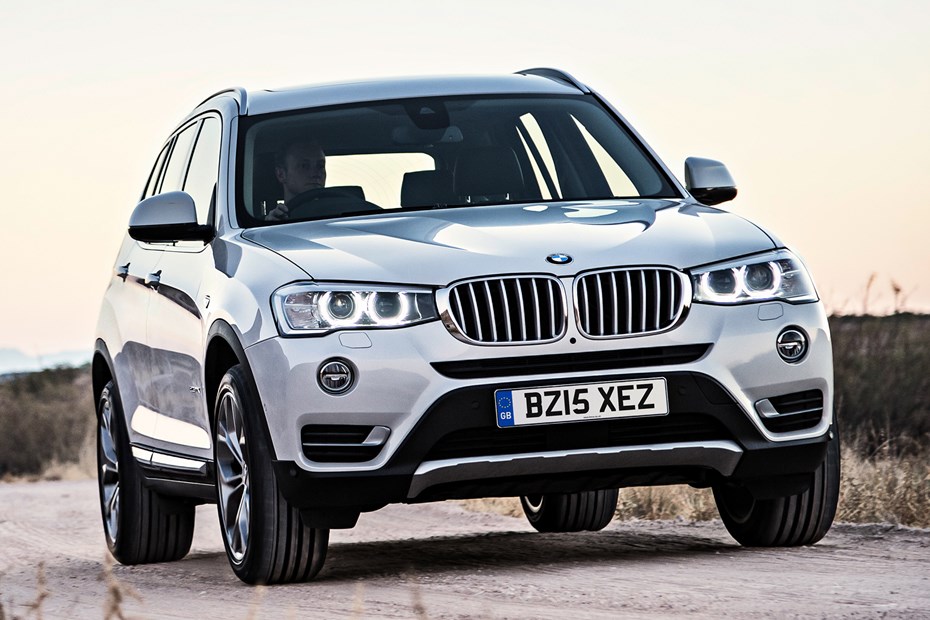
At a glance
| Price new | £28,845 - £46,645 |
|---|---|
| Used prices | £2,701 - £16,503 |
| Road tax cost | £165 - £620 |
| Insurance group | 23 - 43 |
Get an insurance quote with

|
|
| Fuel economy | Not tested to latest standards |
| Range | 678 - 840 miles |
| Number of doors | 4 - 5 |
| View full specs for a specific version | |
Available fuel types
Diesel
Pros & cons
- Decent handling both on and off-road
- Plenty of standard safety equipment
- Spacious interior for passengers
- Residual values have tanked
- Servicing can be expensive
- Ride is still quite firm
BMW X3 (11-17) rivals
Overview
BMW has an enviable reputation for building cars that are engaging to drive – one that even extends to its high-riding SUV models. However, the first-generation X3 was the exception to that rule.
Its firm suspension and lumpy ride meant it wasn’t much fun on Tarmac, while its electronically controlled four-wheel drive system wasn’t as good at navigating tough terrain as a Land Rover Freelander. But BMW pulled its socks up for the Mk2 model.
The firm reworked its suspension to make it more forgiving on the road, while its off-road ability was improved dramatically. We tested the car in snowy conditions, and it proved itself to be more than up to the task.
Used prices have tanked, too. You can pick up a ratty example for less than £5,000, while between £8,000 and £10,000 should net you a lower mileage, well-serviced car. If you’re on a budget and need a family SUV, you might have found your next car.
BMW X3 known faults and common problems
The BMW X3 is a German car. The Germans like rules – and the country’s engineers work on the assumption that every owner is going to follow the playbook they’ve set out. So, if you can find a properly serviced X3, there’s no reason to suggest it’s going to break.
The problems with these cars start when tight owners try to run them on a budget and scrimp on their maintenance schedules. Scrutinise your cars service history before handing over any cash – and watch out for worn suspension components, skipped oil changes and mis-matched tyres. They’re tell-tale signs of the car being mis-treated.
Buying guide
Common issues and what to look out for if you’re considering buying one
1. Timing chain failures
The Mk2 BMW X3’s 2.0-litre diesel engine can throw its timing chain out of the cot. The problem is that the guides holding the chain in place are quite weak. They can break and allow the chain walk off its gears, knock the timing out of sync and, in the worst-case scenario, smash the valves into the pistons and lunch the engine. Pay attention to rattles coming from the engine, a rough idle and a lack of performance.
2. Suspension wear
The X3 is a heavy car, and it’s known to chew through suspension consumables, such as control arm bushes, ball joints and suspension top hats. Listen out for clonks on the test drive. If you have the tools and confidence, you should be able to fix a lot of these faults on your driveway at home.
3. Steering wheel click
If you’ve fixed your suspension clonks and you can still feel a click through the wheel of your X3, the next place to look is the steering rack. They have a weak bushing that’s known to fail and make the steering feel notchy. Thankfully, the aftermarket has solved the issue and there are lots of cheap repair kits out there.
4. Sunroof leak
Beware of cars fitted with sunroofs. Their drainage channels can get blocked with foliage and moss, which prevents the water from flowing out of the car. Instead, it’ll find the easiest route into your cabin and flood your footwells. Look out for a foisty smell and damp floor mats.
5. Premature brake wear
There are loads of reports from drivers about how their X3’s brakes have worn prematurely – sometimes as soon as 15,000 miles. Check how your car’s brakes feel on the test drive. If they squeak or require a lot of effort to haul the car to a stop, you could be staring down the barrel of a bill for new discs, pads and fluid.
6. Turbocharger failure
Turbos aren’t set and forget items. They can fail, especially on high-mileage engines. Watch out for blue smoke pouring out of the exhaust – it’s a sign that the seals on the inside of the turbo have given up the ghost and are allowing oil to pass into the combustion chamber. There are plenty of replacement turbos available on the aftermarket, as well as specialist engineering firms that can rebuild your turbo.
7. Gearbox issues
The X3’s automatic gearbox is known to judder. If you’re lucky, you’ll be able to fix it by simply changing the oil and filter in the transmission or renewing the lubricant in the car’s transfer case. If you’re unlucky, the transfer case will be flogged, and you’ll need to find a replacement.
8. Air conditioning
Early BMW X3s are old enough now to need an air conditioning system service. Start with a simple re-gas and, if that doesn’t solve the issue, you might need to replace the condenser or the compressor.
9. EGR cooler leak
BMW issued a recall for the Exhaust Gas Recirculation its diesel X3s. The cooler connected to the EGR valve can leak, allowing engine coolant to mix with diesel soot. Cars affected by the issue will be down on power and have a warning light on their dashboards. If left unchecked, the fault could melt the inlet manifold or even cause a fire. If you’re buying a diesel X3, make sure this recall work has been done.
10. Battery discharging
Your X3 will tell you about this problem if it’s suffering from it. If you get a message on the infotainment screen that reads ‘increased battery discharge when stationary,’ you’ve got parasitic loss somewhere in your system. A short-term fix is to get a trickle charger to keep your battery topped up. Then, take it to an electrical specialist to find the source of the drain. Be prepared to replace the battery.
What models and trims can you buy?
BMW kept the Mk2 X3’s line-up simple. There are just three specifications to choose from, called SE, XLine and M Sport. The most basic SE model was fitted with front fog lights, cruise control, parking sensors and Isofix child seat mounts.
XLine cars built on this specification with heated seats and built-in sat-nav (which will likely need to be updated so it recognises the UK’s current road network). The top-spec M Sport models get a sportier body kit, sports seats and larger alloy wheels.
UK BMW X3s were only available with diesel engines and, when the car was launched in 2010, they were only offered with a 2.0-litre unit. It’s a great unit, offering a good balance of performance and fuel economy – and it’s teamed with either a slick six-speed manual or eight-speed automatic gearbox.
But BMW saw a demand for larger engines and launched the 30d and 35d models later in the car’s life. The 30d offers 258hp and sees off 0–60mph in just 5.7 seconds. If you want even more pace from your X3, the 35d model has a twin-turbocharged 3.0-litre six-cylinder diesel engine with 312hp and a 0–60mph time of just 5.1 seconds.
Scroll through the next few pages to read our thoughts on the Mk2 BMW X3. We’ll walk you through the car’s practicality, safety, interior quality, technology, running costs and driving experience before offering our final verdict on the car. If you’d like to learn more about how we reached our verdict on the X3, check out how we test cars page.



.jpg)
.jpg)
.jpg)
.jpg)
.jpg)
.jpg)

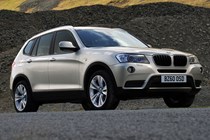
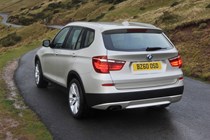
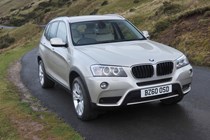
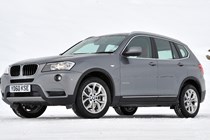

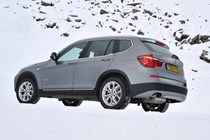


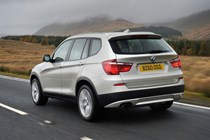

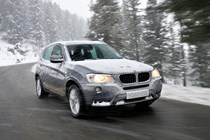


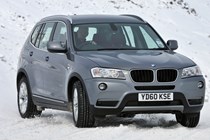
.jpg)
.jpg)
.jpg)
.jpg)
.jpg)
.jpg)
.jpg)
.jpg)
.jpg)
.jpg)
.jpg)
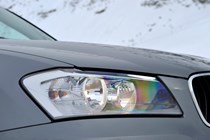
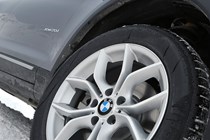


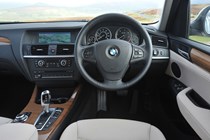
.jpg)
.jpg)
.jpg)
.jpg)
.jpg)
.jpg)
.jpg)
.jpg)
.jpg)
.jpg)
.jpg)
.jpg)

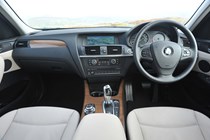
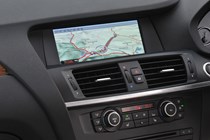
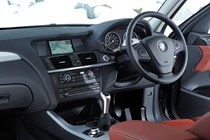

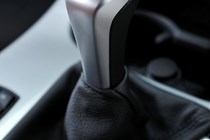
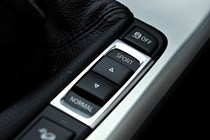
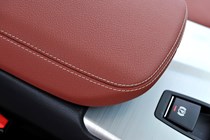
.jpg)
.jpg)
.jpg)
.jpg)
.jpg)
.jpg)
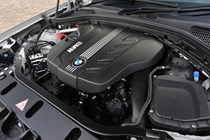
.jpg)
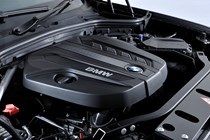

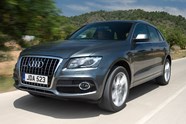


.jpg?quality=50)
.jpg?quality=50)
.jpg?quality=50)
.jpg?quality=50)
.jpg?quality=50)
.jpg?quality=50)















.jpg?quality=50)
.jpg?quality=50)
.jpg?quality=50)
.jpg?quality=50)
.jpg?quality=50)
.jpg?quality=50)
.jpg?quality=50)
.jpg?quality=50)
.jpg?quality=50)
.jpg?quality=50)
.jpg?quality=50)





.jpg?quality=50)
.jpg?quality=50)
.jpg?quality=50)
.jpg?quality=50)
.jpg?quality=50)
.jpg?quality=50)
.jpg?quality=50)
.jpg?quality=50)
.jpg?quality=50)
.jpg?quality=50)
.jpg?quality=50)
.jpg?quality=50)








.jpg?quality=50)
.jpg?quality=50)
.jpg?quality=50)
.jpg?quality=50)
.jpg?quality=50)
.jpg?quality=50)

.jpg?quality=50)
